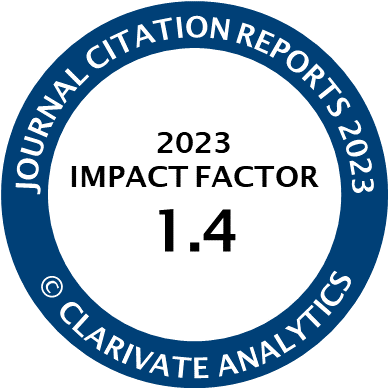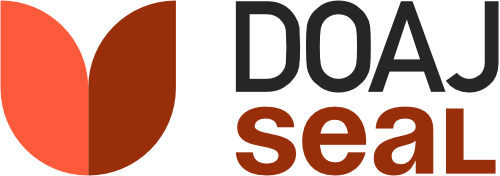Article | Open Access
Vocational Education and Employment: Explaining Cohort Variations in Life Course Patterns
| Views: | 4542 | | | Downloads: | 1999 |
Abstract: A stylized finding on returns to vocational education is that vocational compared to general education generates a differential life course pattern of employability: while vocational education guarantees smooth transitions into the labour market and thus generates initial advantages, these erode with increasing age, leading to late-life reversals in employment chances. We contribute to this research by assessing cohort variations in life-cycle patterns and distinguishing two explanations for late-life reversals in employment chances. The adaptability argument states that this phenomenon is due to the lower adaptability and occupational flexibility of those with vocational education. In contrast, the health argument states that vocational education leads to physically more demanding occupations, faster health deterioration, and, thus, lower employability in later life. Using data from the German Socio-Economic Panel, we employ non-parametric state probability analysis to assess cohort variations in employment patterns, and mediation analysis to assess how much of the late-life reversal of employment patterns is due to a faster health deterioration among the vocationally educated. Results show that the early life advantage of vocational education increases across cohorts. Furthermore, those with vocational education exhibit faster health deterioration, and a small part of the late-life employment disadvantage of this group works through lower levels of health after midlife.
Keywords: employment; Germany; life course methods; multi-cohort panel data; vocational education
Published:
Supplementary Files:
© Fabian Kratz, Alexander Patzina, Corinna Kleinert, Hans Dietrich. This is an open access article distributed under the terms of the Creative Commons Attribution 4.0 license (http://creativecommons.org/licenses/by/4.0), which permits any use, distribution, and reproduction of the work without further permission provided the original author(s) and source are credited.




